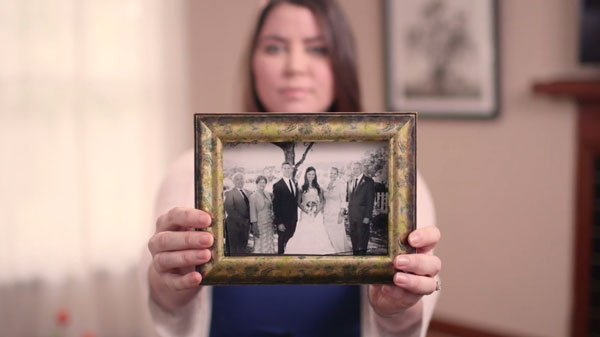Granting terminally ill patients the right to decide
Nov. 1, 29-year-old Brittany Maynard ended her life through physician-assisted suicide. Maynard’s story has resonated with the public and shed light on an issue that has been kept in the dark for years.
In January, Maynard was diagnosed with glioblastoma multiforme, an aggressive brain tumor, and was given no more than six months to live. The California native moved to Oregon so that she could establish residency and meet the state’s requirements to use the Death with Dignity Act.
Should terminally ill individuals, like Maynard, facing a dim outlook of impending death and suffering have the option to end their own lives on their own terms?

The circumstances of death are personal and competent terminally ill individuals should have the right to choose the manner and timing of their death. It is in the best interest of humanity to conserve life, but that interest is diminished when a terminally ill person loses all quality of life.
There are five states that offer end-of-life options in the U.S.: Oregon, Washington, Vermont, Montana and New Mexico. The DWDA allows mentally competent, adult residents of these states to willingly request and receive the prescription medication that will advance their death.
Opponents to DWDA argue the legislation is flawed and will not protect people with disabilities, and that choosing to take one’s own life demeans the value of life.
There are specific eligibility requirements that must be met in order to access the law. In Oregon, the DWDA requires the patient be at least 18 years old, be diagnosed with a terminal illness and have less than six months to live. They must have the mental capabilities to understand the diagnosis and alternative treatments, and be capable of ingesting the medication voluntarily.
Helping patients who are terminally ill end their lives has been frowned upon by society and seen as an immoral sin by most religions. Whether it is called “physician-assisted suicide” or “death with dignity,” the idea is still the same.
Pro-Life organizations and activists maintain that patients are being psychologically manipulated in seeing that death is the only way to end their suffering.
Suffering means pain. There are other psychological, physical and social burdens to consider as well. When someone has reached the point when he or she is medicated to unconsciousness to subdue the pain, the quality of life is gone. Mounting medical bills and the ignominy of round-the-clock care leaves most feeling like a burden to family and friends, putting their dignity at stake.
Physician-assisted suicide may be the most humane choice. We offer this option for our beloved pets, but not always to our loved ones.
Often death with dignity is confused with euthanasia. Euthanasia is illegal everywhere in the U.S. While euthanasia and physician-assisted suicide both involve the use of lethal medication to end a person’s life, the key difference is that with DWDA the patient makes the conscious decision to carry out the action and must self-administer the medications provided by the physician.
Prohibiting the use of the Death with Dignity Act limits personal freedom. This prevents open and honest discussion between physicians and patients.
The legalization of the DWDA in other states could further a better end-of-life care for patients. This would prevent patients, like Maynard from having to move away from family and friends to access the option.
The DWDA gives those terminally ill individuals a voice and, most importantly, an option that does not have to be utilized but is available if needed. The option of having the choice to live your life on your own terms brings comfort to many who are terminally ill. Living life on your own terms includes having a say in how it ends.

